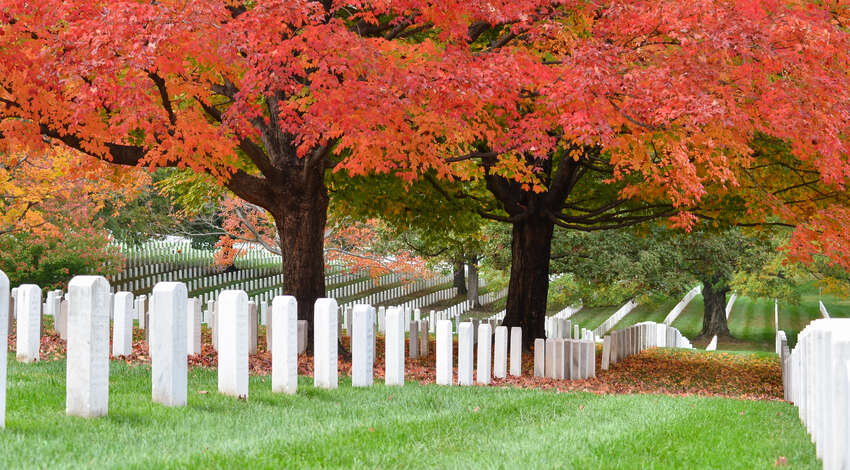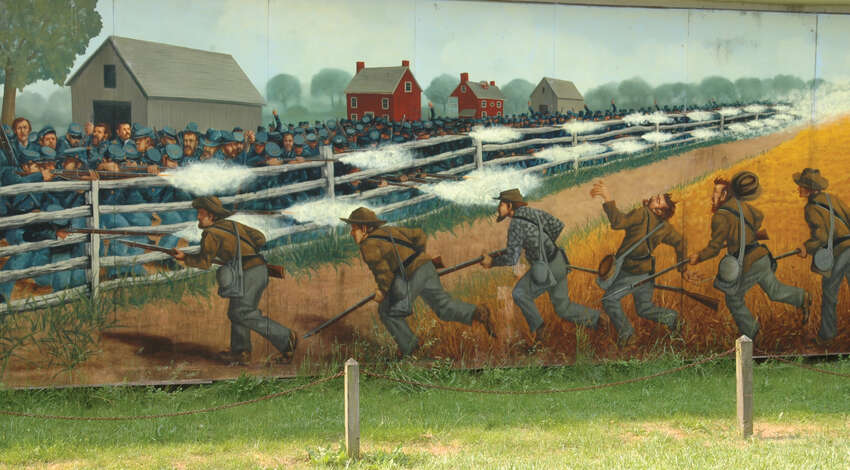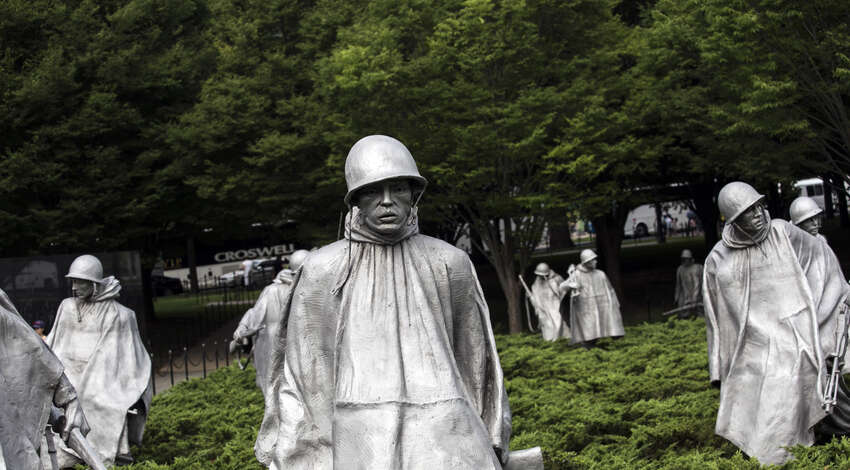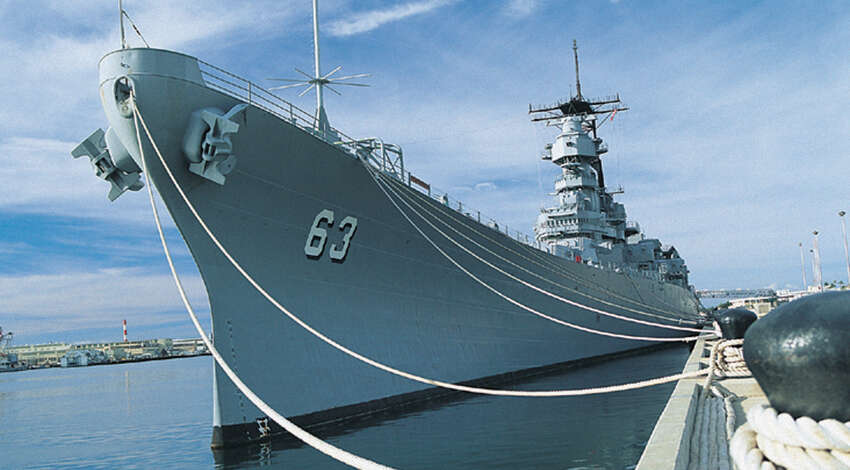We Remember: Places With Special Meaning for Memorial Day
Most of our national holidays are celebratory, but Memorial Day is not. It is a day to recognize and reflect on the sacrifice of fallen soldiers and to honor their memory — something that too often gets lost in a long weekend that marks the unofficial start of summer with picnics and family get-togethers.

Arlington National Cemetery, Virginia
Memorial Day History
Memorial Day was not always on the last Monday of May, nor was it always called Memorial Day.
Following the Civil War, Americans in various locales began decorating the graves of fallen soldiers with flowers in the spring. In 1868, John Logan, then Commander-in-Chief of the Grand Army of the Republic (an organization for Union Civil War veterans), called for the floral placement be done during a nationwide day of remembrance on May 30 of that year. He chose the day because it wasn’t the anniversary of any particular battle, and he named it Decoration Day. The idea caught on. All northern states made Decoration Day an official state holiday by 1890, while southern states honored their Civil War dead on a different day.
World War I marked the evolution of the day from one specifically for Civil War soldiers into one honoring the fallen from all wars. In the years that followed, it continued to be observed on May 30 — until 1971, when a law formally establishing it on the last Monday of May took effect. Earlier, in 1967, Congress had also standardized the name as “Memorial Day,” which had been in increasingly common use.
There are places that hold special meaning on this day, and visiting can remind us of both the terrible cost of war and the great debt we owe to those who gave their lives in them.

Coster Avenue Mural in Gettysburg, Pennsylvania
Cemeteries
Adorning graves with flowers continues the tradition begun when Decoration Day was first established. Floral arrangements abound in virtually every local cemetery on Memorial Day.
On a national level, there are 148 military cemeteries maintained by the Department of Veterans Affairs, open to anyone who served, not just those who died in action. The most famous of them is Arlington National Cemetery in Virginia, established in 1864 and now the final resting place of more than 400,000 service members.
Arlington is also home to the Tomb of the Unknown Soldier, the actual gravesite of several unidentified military members from 20th -century wars and a symbolic site for all those whose remains could not be identified. It is famously guarded around the clock, 365 days per year, by volunteer enlisted personnel.
An equally poignant resting place can be found outside the United Sates, at the Normandy American Cemetery and Memorial in France. It contains nearly 10,000 gravesites, belonging to soldiers who fell during the D-Day operation. Several Road Scholar programs include the site on their itineraries. In addition, there are roughly two dozen other American military cemeteries throughout the world, maintained by the American Battle Monuments Commission.

Korean War Veterans Memorial, Washington, D.C.
Memorials
Washington, D.C., is home to three memorials honoring service in specific conflicts. The National World War II Memorial honors the 16 million members who served and the more than 400,000 who died in that war. The Korean War Veterans Memorial pays tribute to the tens of thousands of Americans who gave their lives in Korea. Their sacrifice is commemorated in part through 19 haunting stainless-steel statues of poncho-clad soldiers. The Vietnam Veterans Memorial features walls stretching almost 300 feet featuring the names of those killed or missing in action.
In nearby Arlington, Va., the Marine Corps Memorial, modeled on the famous photo of Marines raising the flag on Iwo Jima, honors the Marines lost in all wars as well as those who served with them.
All of these memorials are included in the itinerary of Road Scholar’s Monumental D.C. educational program.
Museums
Museums can provide important context for the sacrifices of fallen service members, helping us better understand how they fought, where they fought, and why they fought.
Among several Civil War museums around the country, the National Civil War Museum in Harrisburg, Pa., stands out for its association with the Smithsonian Institution and for tens of thousands of artifacts and archival pieces.
The National World War I Museum and Memorial in Kansas City, Mo., was initially built as a memorial just after the war, entirely with local fundraising. (Nearly $40 million in today’s dollars were donated in just 10 days.) Restored — and expanded to include the museum — around the turn of the century, the facility was designated by Congress in 2004 as the nation’s official World War I Museum.
The National World War II Museum in New Orleans is described on its website as offering “a compelling blend of sweeping narrative and poignant personal detail,” captured in part through more than 9,000 oral histories and other personal accounts.

USS Missouri Memorial, Hawaii
Battlefields
The National Park Service maintains more than 50 battlefield sites, including at Gettysburg and other Civil War battlegrounds, and in Hawaii at the Pearl Harbor National Memorial. One Road Scholar program gives participants the opportunity to engage in learning through service aboard the USS Missouri at Pearl Harbor.
All of these places serve as reminders of why we observe Memorial Day, and why we shouldn’t properly refer to it as a celebration. We should, though, use it as a time for tribute. Road Scholars travel to places that have become free, or been kept free, by people of honor and courage for whom freedom meant literally everything. Wherever we go, and whatever we experience, we should keep them in our thoughts and our hearts.
